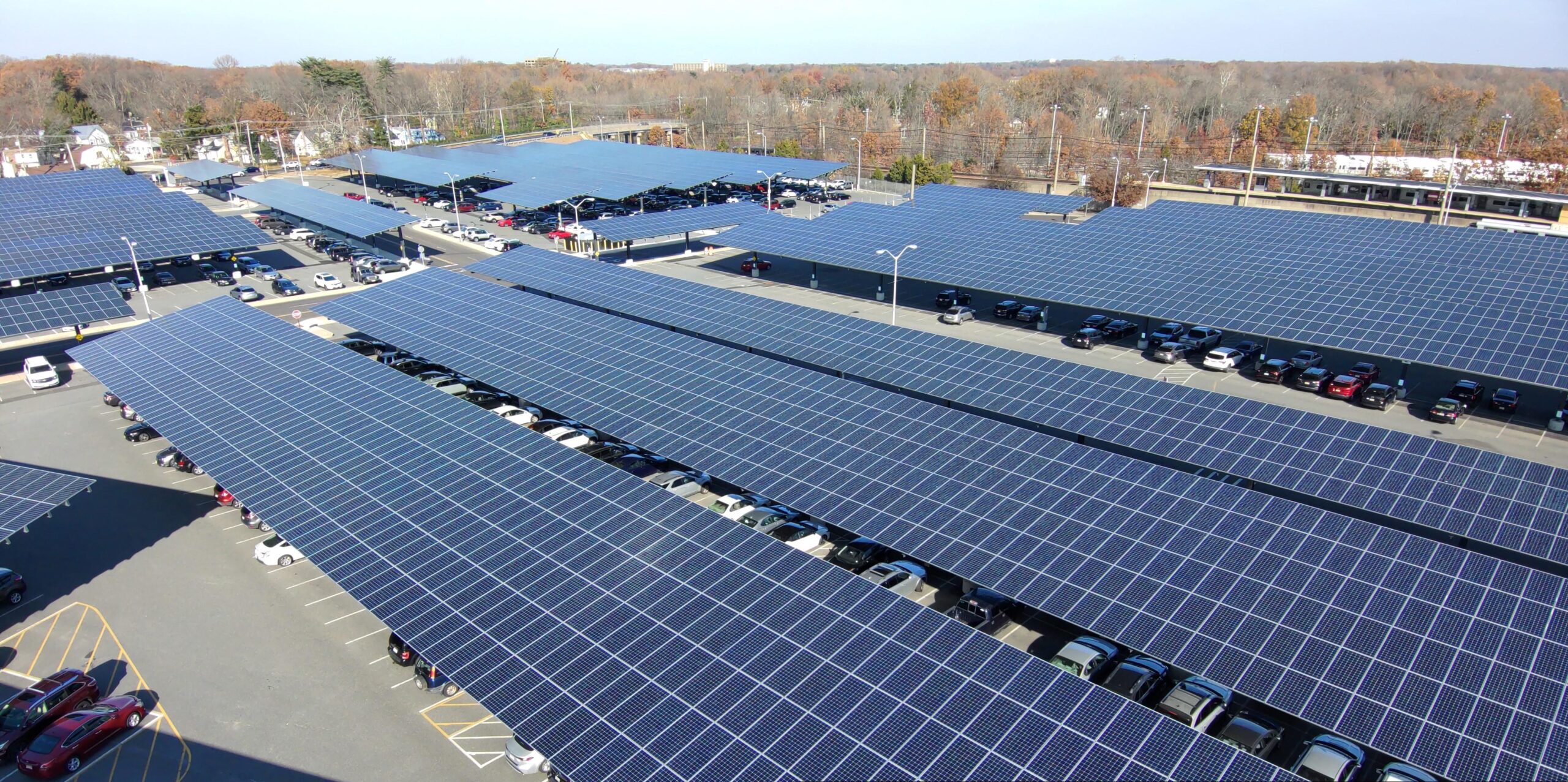
Balancing Act: U.S. Energy Policy’s Impact On The Economy And Environment
In the intricate dance of governance, few issues are as closely intertwined as energy policy, economy, and the environment. The United States, as one of the world’s largest consumers and producers of energy, faces a perpetual challenge in balancing the often-competing interests of economic growth and environmental sustainability. In this discourse, we delve into the delicate equilibrium of U.S. energy policy, dissecting its impacts on both the economy and the environment, while also exploring potential solutions to navigate this complex terrain.
The Nexus of Energy Policy, Economy, and Environment
Energy policy serves as the bedrock upon which both economic prosperity and environmental stewardship stand or falter. The decisions made in the realm of energy regulation, investment, and innovation reverberate throughout the economy and ecosystem alike. At the heart of this nexus lies a fundamental question: How can the United States fulfill its energy needs while minimizing adverse environmental effects and maximizing economic benefits?
The Economic Imperative
From powering industries to fueling transportation networks, energy is the lifeblood of modern economies. The United States, with its vast energy resources and robust infrastructure, has historically relied heavily on fossil fuels such as coal, oil, and natural gas to meet its energy demands. This dependence has provided a stable foundation for economic growth, driving job creation, industrial expansion, and technological advancement.
However, the economic landscape is evolving, spurred by a confluence of factors including technological innovation, shifting market dynamics, and growing concerns over climate change. Renewable energy sources such as solar, wind, and hydroelectric power are increasingly becoming cost-competitive alternatives to traditional fossil fuels. Moreover, the emergence of energy-efficient technologies and the electrification of transportation present new avenues for sustainable economic development.
The Environmental Imperative
While fossil fuels have been instrumental in powering economic growth, their widespread use comes at a significant environmental cost. The extraction, production, and combustion of fossil fuels contribute to air and water pollution, habitat destruction, and greenhouse gas emissions, exacerbating climate change and threatening biodiversity. The imperative to mitigate these environmental impacts has never been more urgent, as evidenced by the escalating frequency and severity of extreme weather events, wildfires, and other ecological crises.
Transitioning to cleaner, renewable energy sources is imperative not only for safeguarding the environment but also for ensuring the long-term sustainability of the economy. By reducing greenhouse gas emissions and reliance on finite resources, renewable energy technologies offer a pathway towards a more resilient and ecologically balanced future.
Navigating the Path Forward: U.S. Energy Solutions
In charting a course toward a more sustainable energy future, the United States must pursue a multifaceted approach that reconciles economic imperatives with environmental stewardship. This entails a comprehensive overhaul of energy policy and investment strategies, prioritizing innovation, efficiency, and equity.
One crucial component of U.S. energy solutions is diversification. By diversifying the energy portfolio to include a mix of renewable sources such as solar, wind, and geothermal power, alongside traditional fossil fuels, the nation can mitigate risks associated with supply disruptions, price volatility, and environmental degradation. Furthermore, investing in energy storage technologies and grid modernization initiatives can enhance the reliability and resilience of the energy infrastructure, facilitating the integration of intermittent renewable sources into the grid.
Another pivotal aspect of U.S. energy solutions is incentivizing clean energy adoption through policy measures such as tax incentives, subsidies, and renewable energy mandates. By leveling the playing field and internalizing the external costs of fossil fuel consumption, policymakers can create a more conducive environment for renewable energy investment and innovation. Moreover, fostering partnerships between the public and private sectors can catalyze collaborative efforts to advance clean energy research, development, and deployment.
Additionally, promoting energy efficiency across all sectors of the economy is paramount for maximizing the benefits of clean energy transition. By implementing stringent efficiency standards for buildings, appliances, and vehicles, the United States can reduce energy consumption, lower greenhouse gas emissions, and save consumers money on utility bills. Furthermore, investing in workforce development and retraining programs can ensure that the transition to a clean energy economy is inclusive and equitable, creating new job opportunities and fostering economic resilience in communities impacted by the decline of fossil fuel industries.
Conclusion
Balancing the economic imperatives of growth and prosperity with the environmental imperatives of sustainability and resilience is the defining challenge of our time. In navigating this delicate balancing act, U.S. energy policy plays a pivotal role in shaping the trajectory of the nation’s economy and environment. By embracing innovative solutions, diversifying the energy portfolio, and prioritizing efficiency and equity, the United States can forge a path toward a more prosperous, equitable, and sustainable future for generations to come.
As we stand at the crossroads of history, the choices we make today will reverberate far beyond our lifetimes. Let us seize this opportunity to transcend the confines of short-term thinking and embrace a vision of progress that harmonizes the interests of the economy, environment, and society. Together, we can navigate the complexities of U.S. energy policy and chart a course toward a brighter, more sustainable tomorrow.
Frequently Asked Questions
What are some key challenges facing U.S. energy policy today?
One of the primary challenges is striking a balance between economic growth and environmental sustainability. Additionally, aging infrastructure, cybersecurity threats, and geopolitical tensions pose significant hurdles to energy security and resilience.
How can renewable energy sources contribute to U.S. energy independence?
By diversifying the energy mix and reducing dependence on imported fossil fuels, renewable energy sources like wind and solar power can enhance energy security and mitigate geopolitical risks.
What role do consumers play in shaping U.S. energy policy?
Consumers have the power to drive demand for clean energy solutions through their purchasing decisions and lifestyle choices. By advocating for renewable energy options and adopting energy-efficient practices, individuals can influence policy priorities and industry trends.
How can policymakers incentivize investment in clean energy technologies?
Policymakers can provide financial incentives such as tax credits, grants, and loan guarantees to stimulate investment in clean energy projects. Additionally, regulatory reforms and market mechanisms like carbon pricing can create a level playing field for renewable energy development.


